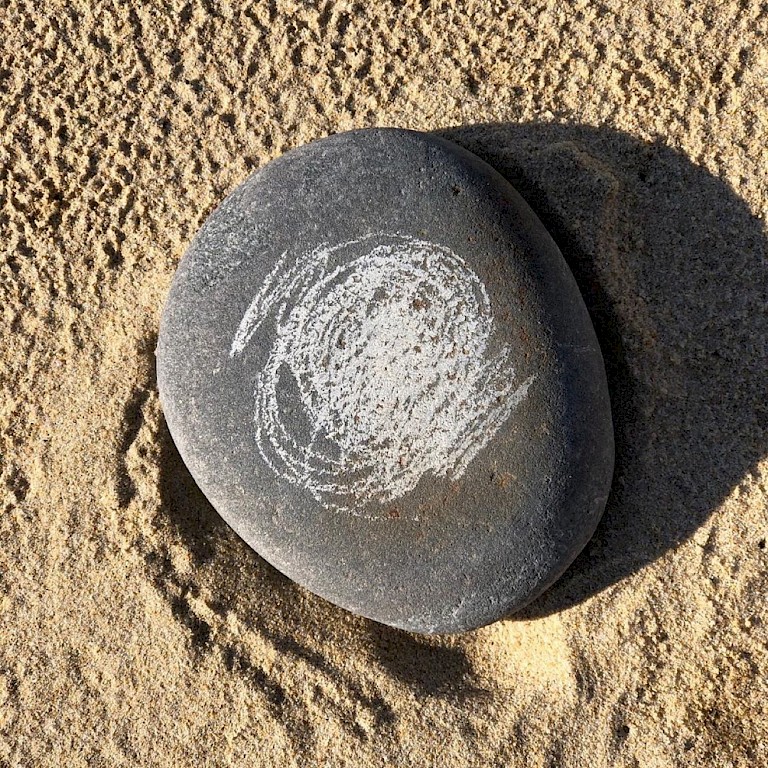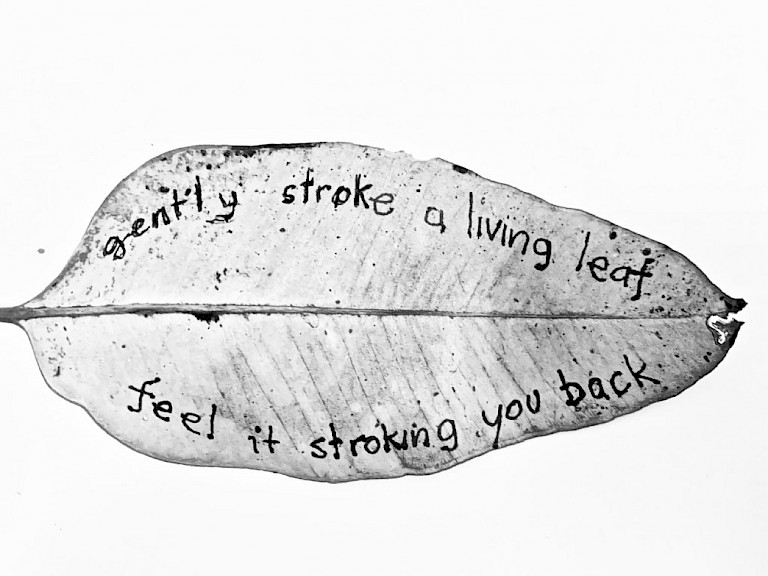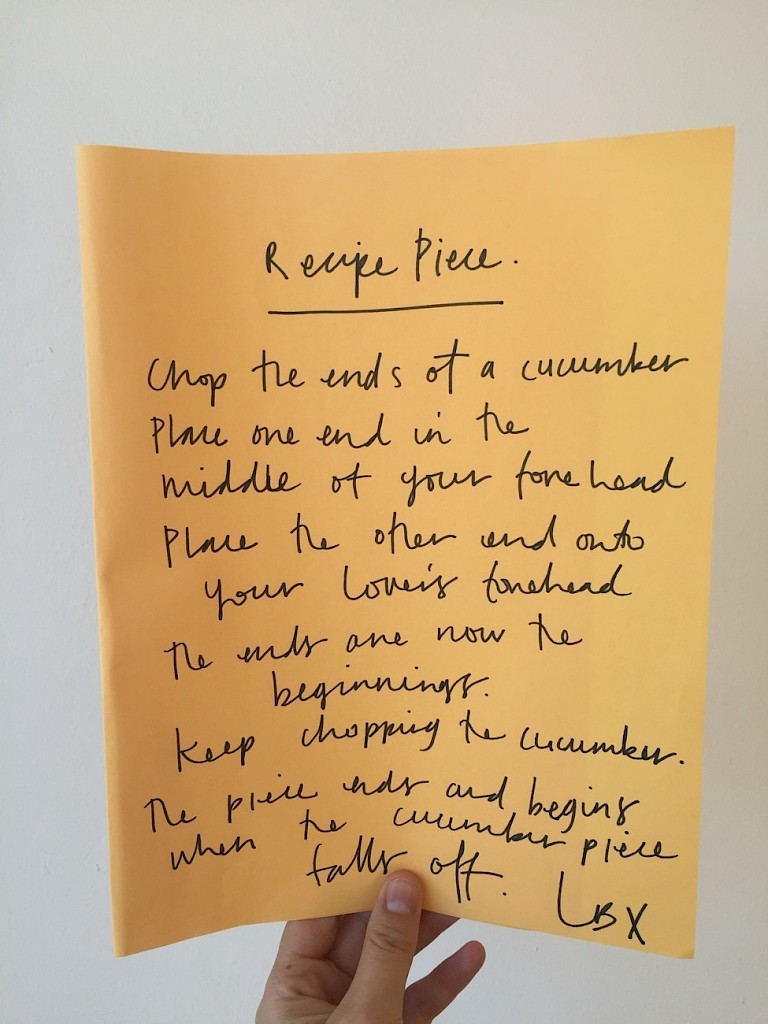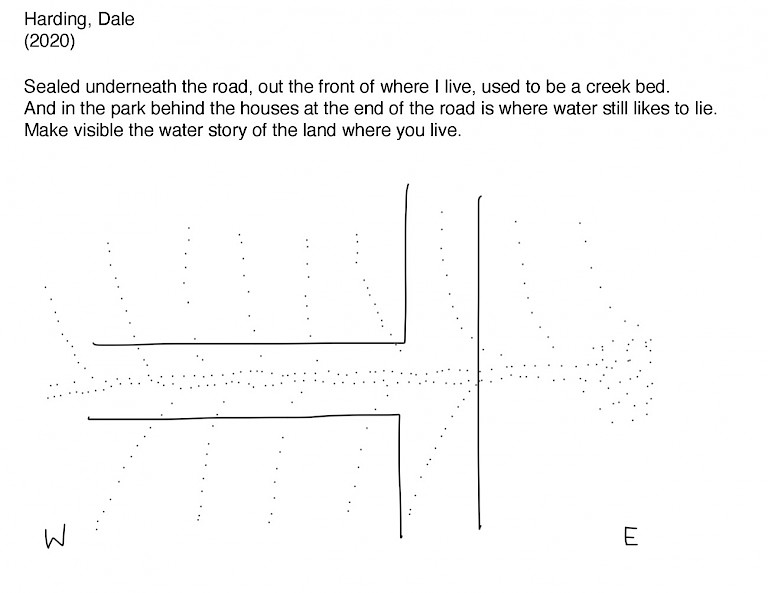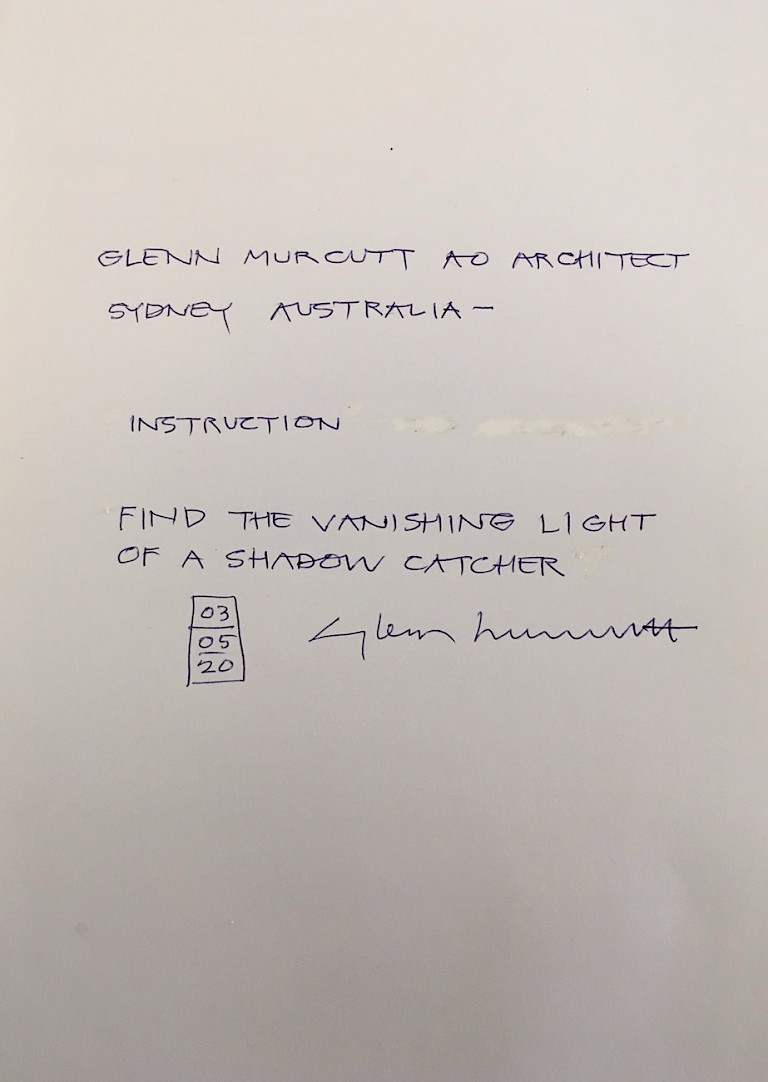



About the project
Kaldor Public Art Project 36: do it (Australia) was an iteration of do it, an exhibition format based on “scores” or written instructions by artists, originally devised by curator Hans Ulrich Obrist and the artists Christian Boltanski and Bertrand Lavier in Paris in 1993. do it (Australia) took place during global lockdowns in 2020 and was co-curated by Hans Ulrich Obrist and John Kaldor, with Emily Sullivan (curator) and Monique Leslie Watkins. It was presented in partnership with Serpentine Galleries, London Independent Curators International, and Google Arts & Culture, supported by Bloomberg Philanthropies. Eighteen Australian artists and creative practitioners contributed to do it (Australia), which formed part of do it (around the world).
Kaldor Public Art Projects, founded in 1969 in Sydney, Australia, was formed to produce groundbreaking durational projects with prominent artists in public spaces. Since its inception, the organisation has worked with many other high-profile international artists, including Christo and Jeanne-Claude, Charlotte Moorman and Nam June Paik, Richard Long, Jeff Koons, Gregor Schneider, Santiago Sierra, Marina Abramović, Anri Sala, to create large-scale, innovative projects. These have had significant impact on how the Australian public experiences contemporary art outside the walls of the museum and gallery, and many of the projects have achieved wide-spread acclaim and international resonance.
Kaldor Public Art Projects is a charitable organisation governed by a board of independent directors, guided by an international curatorial advisory committee, and managed by a core team of staff. Its work is supported by all three levels of the Australian government, as well as a group of corporate, philanthropic and private supporters.
The original do it project was devised by curator Hans Ulrich Obrist in the early 1990s as a way of experimenting with open-ended and flexible formats beyond conventional gallery or museum exhibitions. Obrist was inspired by a history of artworks dating back to Marcel Duchamp’s Readymade malheureux (Unhappy Readymade) of 1919 – a wedding present to his sister Suzanne in the form of an instruction to hang a geometry book from her outdoor balcony until it was destroyed by the elements.
The do it concept also drew on Minimalist and Conceptual art and performance practices emerging in the 1960s, particularly work influenced by John Cage’s musical scores and performances based on instructions and chance operations. Particular inspirations include Fluxus-influenced work, such as Alison Knowles 1962 performance Celebration Red (later titled “Homage to Each Red Thing” and Yoko Ono’s book 1964 book Grapefruit, which constituted only do-it-yourself instructions or “event scores,” as they were know in Fluxus circles. Do it has featured in more than 50 different locations worldwide since 1993.
The do it (Australia) edition exemplified the adaptability of the format to the conditions of crisis that characterized our profound awareness of the networked interrelations of local and global communities during the pandemic. It was Kaldor’s 36th project and its first one designed to produce a public space through a digital interface in response to a current moment in time. The online catalogue includes more than 300 audience responses throughout the project.
As John Kaldor writes in his foreword to the catalogue, the responses “encompass a range of emotions from contemplative to humorous, surprising, highly imaginative, and all embracing the spirit of do it.” This is Obrist’s third project with John Kaldor. Like do it, the first project they produced also followed a game-like structure. 13 Rooms, co-curated with Klaus Biesenbach, in 2013, comprised a series of rooms in which a cast of one or two performers in each room would enact the instructions of invited artists in a kind of living sculpture interacting with social space.
A key characteristic of Kaldor projects over the last 10 years has been a parallel education programme. do it (Australia) was accompanied by do it (homework), which involved eight participating schools in collaboration with three leading Australian artists - Lauren Brincat, Dale Harding and Amrita Hepi. The programme allows students to learn more about the conceptual underpinnings of do it in order to understand how instructions might be understood in relation to artistic practice. Students are also encourage to produce their own creative responses to artists’ instructions and produce instructional works of their own to try out with classmates and family.
The do it (Australia) project culminated in a marathon interview by Hans Ulrich, which lasted three hours. He spoke with 17 of the 18 contributing artists, giving us insight into their creative lives and practices in a live event viewed by over 2,000 people worldwide. A key characteristic of Kaldor projects over the last 10 years has been a parallel education programme. do it (Australia) was accompanied by do it (homework), which involved eight participating schools in collaboration with three leading Australian artists - Lauren Brincat, Dale Harding and Amrita Hepi.
The programme allows students to learn more about the conceptual underpinnings of do it in order to understand how instructions might be understood in relation to artistic practice. Students are also encourage to produce their own creative responses to artists’ instructions and produce instructional works of their own to try out with classmates and family.
The instructional works commissioned for the education programme, offer an insight into the way the project worked as a whole. Lauren Brincat’s Talking Hands is a score to highlight non-verbal communication, asking students to pay attention to the way the actions and expressions of hands can be used as a vehicle for connecting and interacting to others, inviting multiple perspectives and interpretations. Artist Dale Harding seeks to extend the cultural forms and practices of his personal and ancestral lineages through exploring oral, social, and visual sensibilities of Bidjara, Garingbal and Ghungalu peoples. Like Brincat’s piece, Harding’s piece encourages students to explore everyday activities as a performance of cultural identity: “Practice your culture throughout breakfast. Be your cultural self when doing your dishes. Be your cultural self without an audience.” The third artist’s contribution to the do it (Australia) education programme exemplifies an understanding of future potential in the present moment. Instructions by the choreographer Amrita Hepi ((Bundjulung/Ngāpuhi territories) are: “Design an ephemeral monument for the future, from the things you know today. Think about its end as much as its beginning.” This small selection of instructional pieces for students reflect the complexion of the project as an archive of delicate and simple gestures that offer the capacity and situation for reflection and imagination as activities worth pursuing for their own sake – something like a toolkit for concentrated thinking as a salve for the anxiety-inducing distractions and crises of the contemporary world.
The do it (Australia) project culminated in a marathon interview by Hans Ulrich, which lasted three hours. He spoke with 17 of the 18 contributing artists, giving us insight into their creative lives and practices in a live event viewed by over 2,000 people worldwide.
The particular strength of do it (Australia) was the way it adapted the do it to a particular moment in time, tapping into online networks that mediated our experience of the pandemic and using them as a portal for self-reflection and as a way of considering our immediate environment and experience of the everyday. The project also allowed audiences access to a diversity of ideas from a wide range of high-profile Australian practitioners at a time when cultural experiences in physical public spaces had ground to a halt. This was a perfect vehicle to bring together dispersed artists and audiences in a way that highlighted the potential of the necessary pause in the normal state of affairs to become a space of intentional play – a space to rethink and reinvigorate a way of being in the world.
